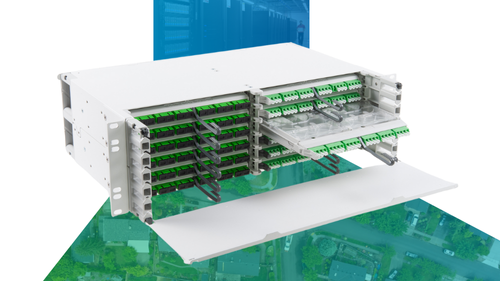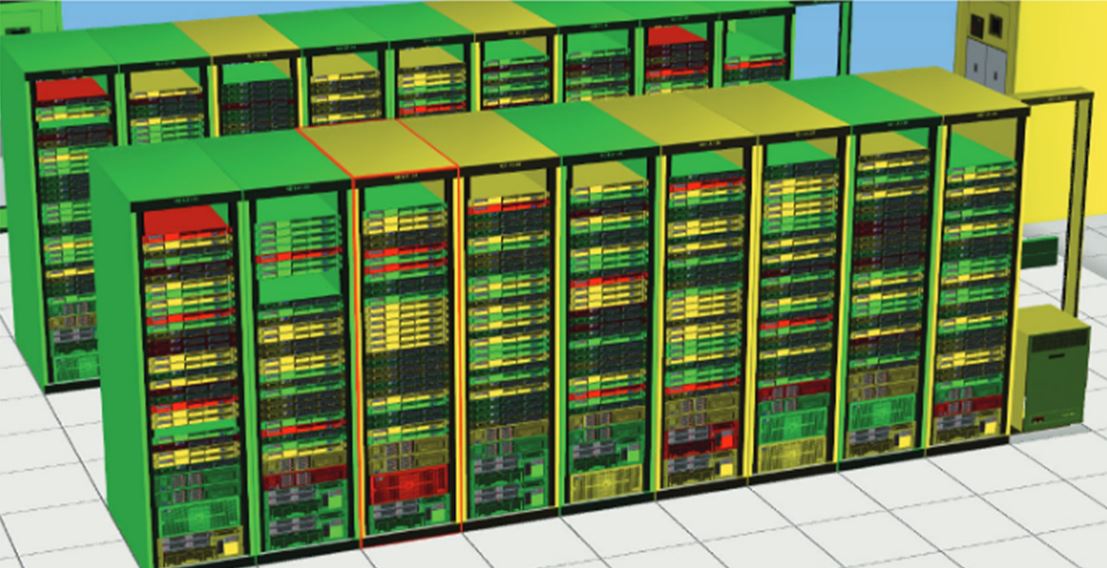
This blog post is part of a series called “CommScope Definitions” in which we will explain common terms in communications network infrastructure.
I will start by clarifying that we are talking about AIM in the context of an intelligent building or in a state-of-the-art data center. Obviously, the term AIM has various meanings; however, in the world of connectivity, AIM is an acronym for Automated Infrastructure Management.
CLICK TO TWEET: CommScope's LeaAnn Carl provides you the definition of AIM.
AIM has been around a while and relates to:
- Intelligent patching
- Guided patching
- Smart panels
- Intelligent infrastructure management
In September 2010, the industry converged on the term AIM when it was introduced into TIA 606-B standards. Then, in early 2016, it was ratified into ISO/IEC 18598.
According to the TIA standard, AIM means: Integrated hardware and software system that automatically detects the insertion or removal of cords, documents the cabling infrastructure including connected equipment enabling management of the infrastructure and data exchange with other systems.
Now, there is often some confusion between AIM and DCIM (Data Center Infrastructure Management). DCIM is a generic term used to define any process, product or solution that is used to manage a data center. While features vary from product to product, DCIM typically includes some aspect of power, cooling and overall physical infrastructure management (i.e., facilities and IT). When you compare AIM with DCIM, AIM accurately documents the physical network infrastructure including all cabling and connectivity.
I covered at a high level “what” AIM is; now, let me explain “why” it is. Networks are becoming more complicated. As IT professionals, we are fighting security issues, complexity, pressure to reduce operational costs and are being asked simultaneously to improve both efficiency and performance. The bottom line is that you can’t accurately manage or optimize anything that you don’t fully understand. As connected Internet of Things devices become more popular, making buildings and data centers smarter, it is becoming important to map out the physical infrastructure to properly manage it. New and emerging technologies like Artificial Intelligence, Augmented Reality, and Virtual Reality are all going to need detailed, accurate data management so that they can become useful as tools to promote operational efficiency and cost savings.
Want to know more about AIM? Find out how AIM is driving value for enterprises.














